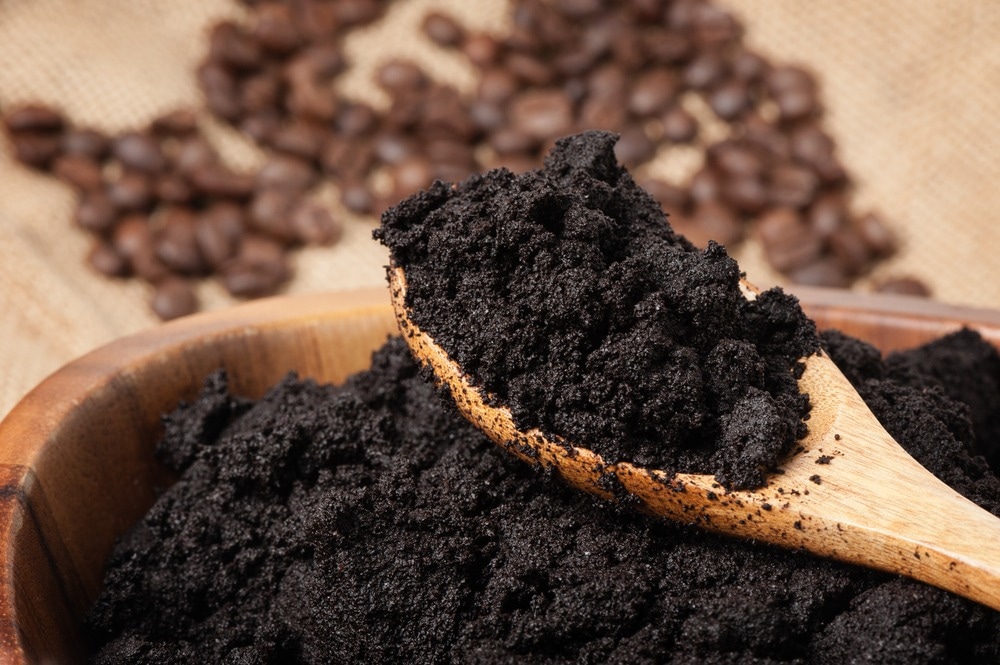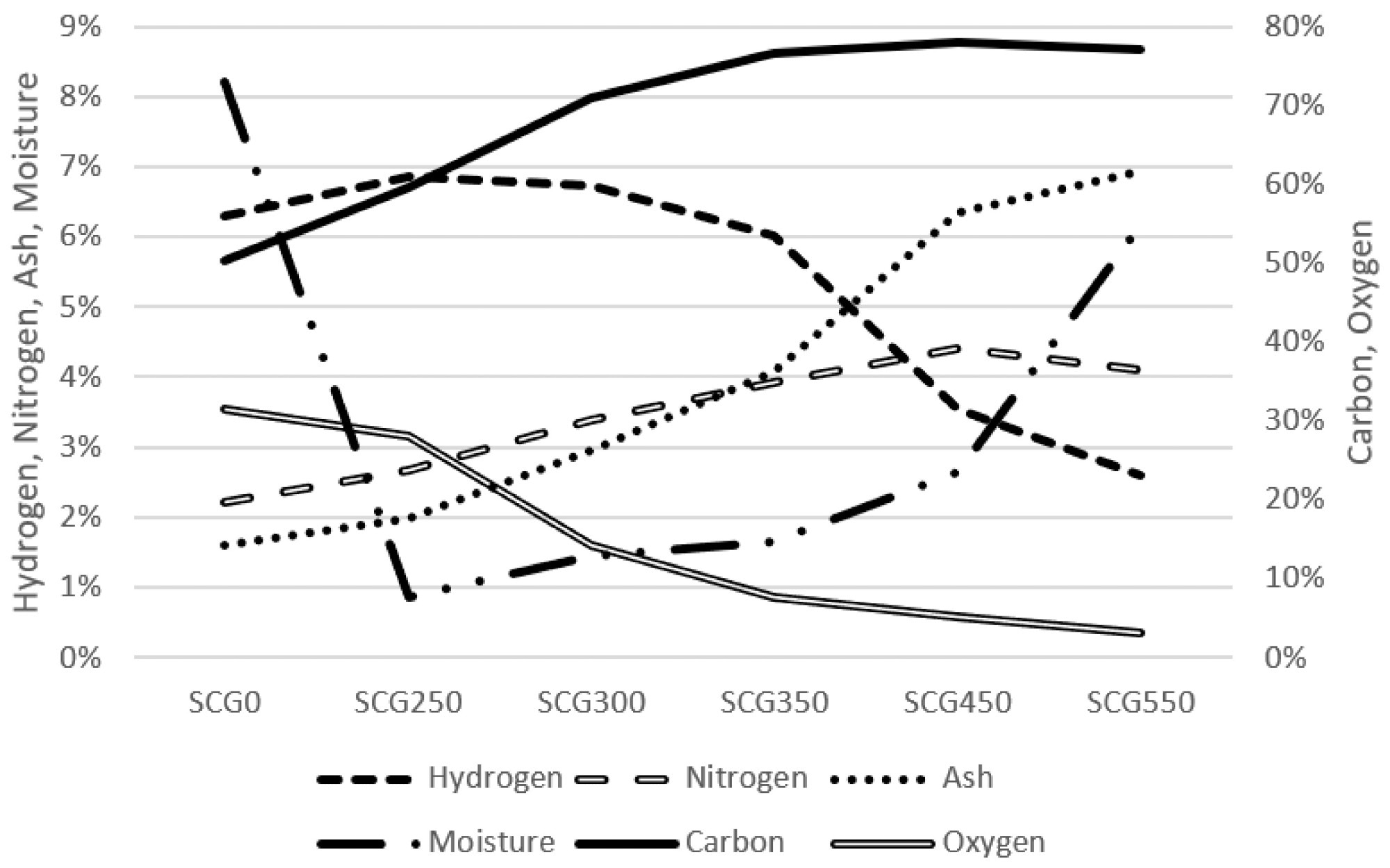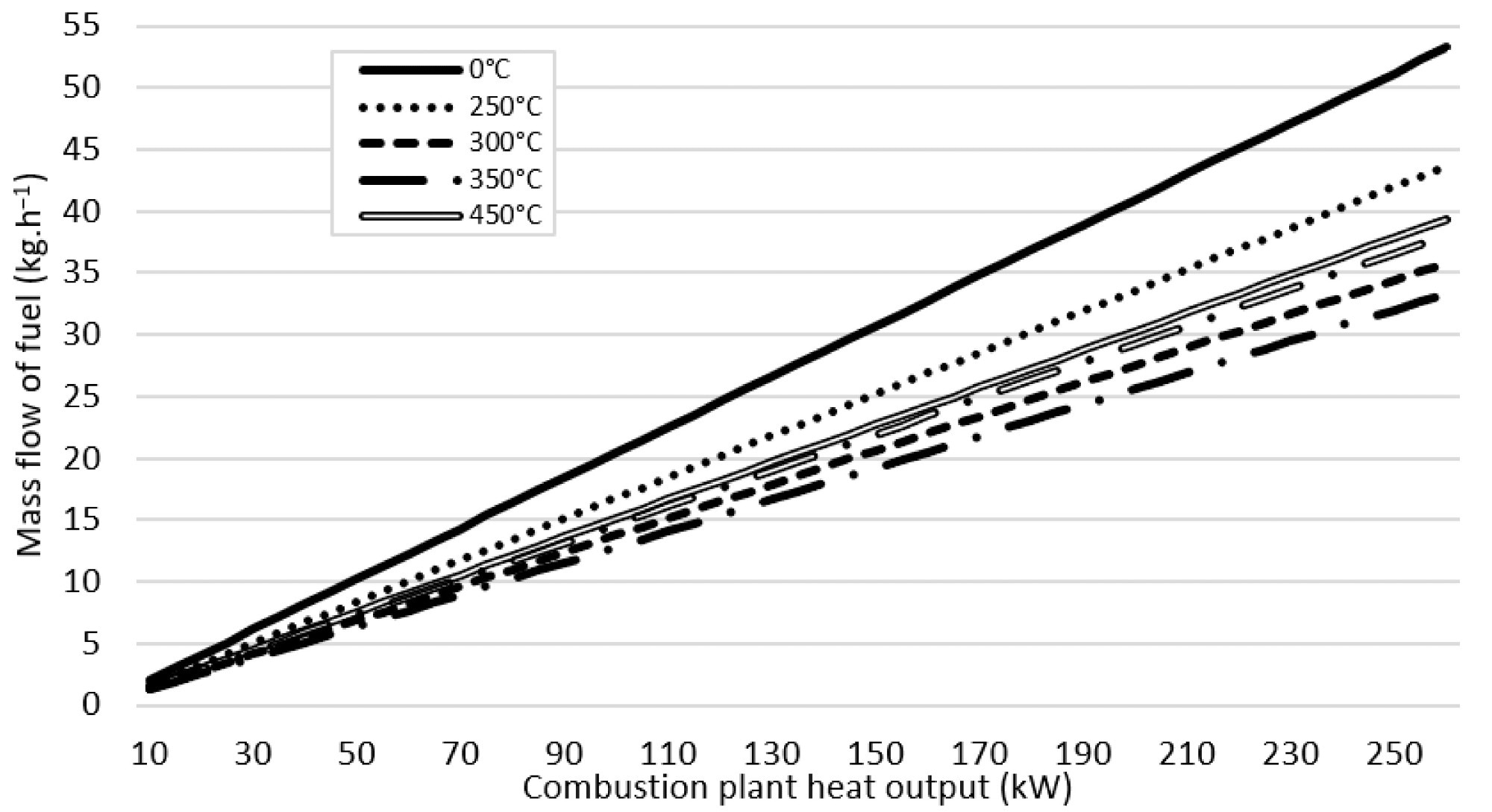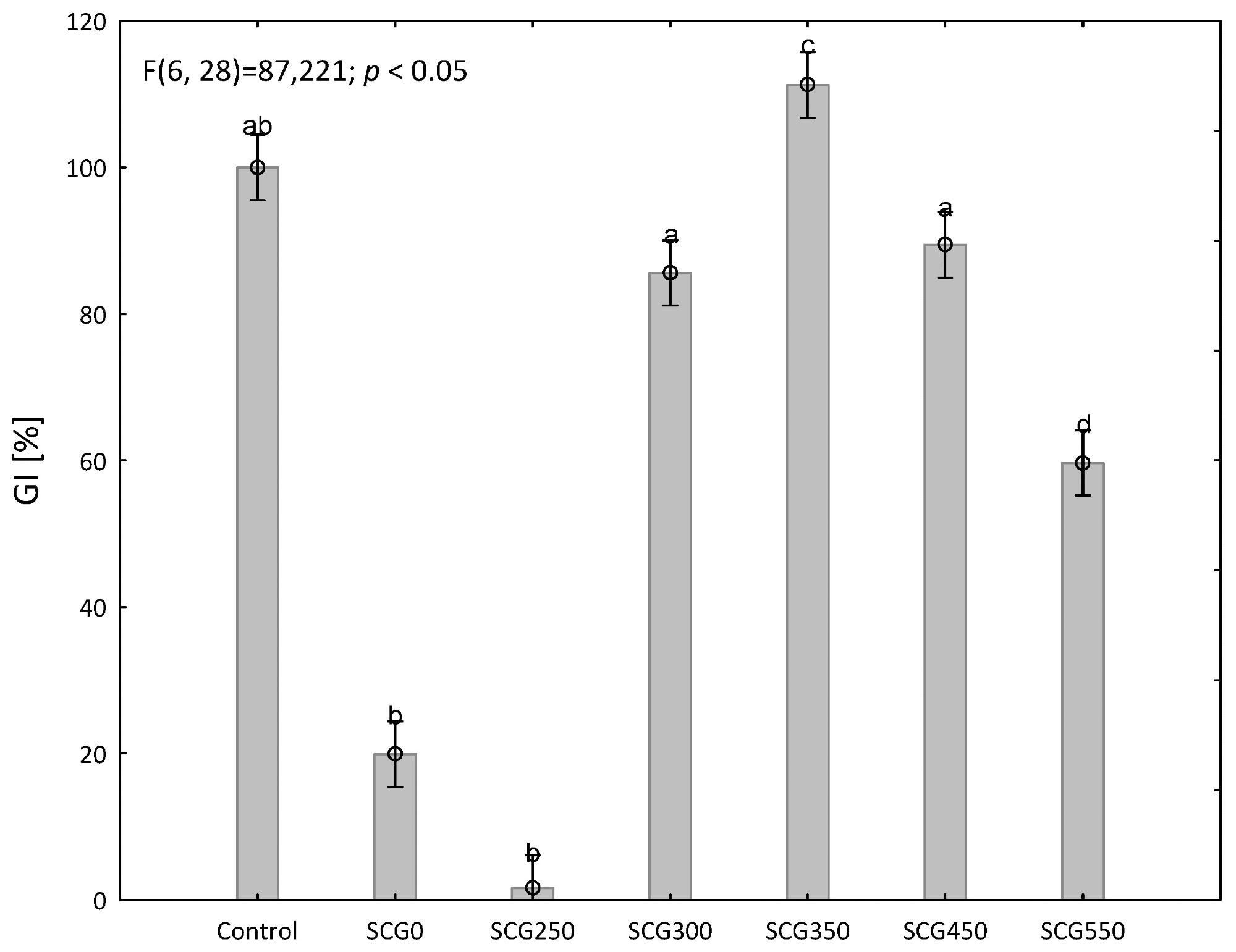 By Surbhi JainReviewed by Susha Cheriyedath, M.Sc.Oct 3 2022
By Surbhi JainReviewed by Susha Cheriyedath, M.Sc.Oct 3 2022In an article recently published in the open-access journal Materials, researchers discussed the utility of used coffee grounds as an alternative fuel and potential soil amendment.

Study: Use of Spent Coffee Ground as an Alternative Fuel and Possible Soil Amendment. Image Credit: Nor Gal/Shutterstock.com
Background
Today, coffee is the most popular beverage and the second most traded commodity behind gasoline. Six and a half megatons of spent coffee grounds (SCG) are produced globally each year from 1 ton of green coffee. SCG is also a possible source for the production of biodiesel, fuel pellets, and as a fuel for commercial boilers.
Torrefaction makes it simple to transform SCG into a high-value fuel product. A sensible strategy for waste management and greenhouse gas mitigation in the fight against climate change is the creation of biochar from biomass feedstocks. For SCG, whose global production is continuously rising, the potential use of the generated leftovers for the production of high-value-added chemicals or fuels using pyrolysis results in an appealing and difficult solution.

Coffee proximate and ultimate analysis. Image Credit: Jeníček, L et al., Materials
Biomass torrefaction may make it possible to use sustainable fuels in coal power without the need for new equipment. Although SCGs have a lesser energy potential than fossil fuels, they have a higher energy content than other biomasses. The majority of research has discovered that adding biochar enhances soil fertility, boosts agricultural yields, lowers greenhouse gas emissions, and builds soil carbon stocks.
However, pyrolysis parameters like feedstock type and temperature affect the chemical and physical properties of biochar. To be safe, biochar used in soil applications needs to meet specific requirements. Research on SCG and torrefaction has been extensively studied, but to date, no study has combined an in-depth examination of SCG torrefied on various heat levels for use as a fuel and soil amendment.
About the Study
In this study, the authors subjected the torrefied spent coffee grounds to ultimate, proximate, and stochiometric examination. A substance with a high carbon content of over 50% and a high calorific value of more than 20 MJ kg-1 was used to make used coffee grounds. The material's characteristics were enhanced via torrefaction, which increased its calorific value to 32 MJ kg-1. The cress test was used to determine the aqueous extract's phytotoxicity.
The team demonstrated that the samples that were not tormented and those that were heated to 250 °C were the most hazardous. Due to the remaining tannins, caffeine, and sulfur released from the sample heated to 250 °C, the germination of the cress seeds was negatively impacted. Of all the examined samples, the sample heated to 350 °C performed the best. As the germination index was greater than 50%, the sample heated to 350 °C could be applied to soil and utilized as an alternative fuel with a net calorific value comparable to fossil fuels.

Mass flow of fuel fed into the combustion chamber to reach the combustion heat output (kW). Image Credit: Jeníček, L et al., Materials
The researchers assessed the usability of SCG and its biochar as an alternative to direct combustion or as a soil amendment to mimic the combustibility and germination characteristics of other materials. Each sample had a preliminary and final analysis through the measurement of its water and ash content, combustion heat, and elemental composition. The thermogravimetric analyzer was used to calculate the moisture and ash content. With the use of an isoperibolic calorimeter, combustion heat was detected. The substance was placed in stainless steel cups, and cotton thread was utilized for ignition. 0.1 g sample of each sample was burned in oxygen at 950 °C to obtain the C, H, and N values.
Observations
When compared to the control, the SCG350 sample's germination index content increased by 11%. Compared to biochar produced at a temperature of 250 °C, biochar that was produced at a higher temperature in the range of 350–550 °C had fewer phytotoxic effects. Out of all the materials examined, SCG350 displayed the highest net calorific value, up to 32 MJ kg-1, with no moisture present. The SCG0 sample had the lowest net calorific value, 21 MJ kg-1, and no moisture. The calorific value incremented from 19.74 MJ kg-1 for SCG0 to 31.26 MJ kg-1 for SCG350. The ash proposition incremented from 1.59% wt for SCG0 to 6.95% wt for SCG550. The nitrogen share increased from 2.21% wt. for SCG0 to 4.41% wt. for SCG450.
The characteristics of used coffee grounds demonstrated the material's potential for use as a biofuel, with an average net calorific value of 20 MJ kg-1, which was comparable to the calorific value of other biofuels. The net calorific value of biochar made from used coffee grounds and torrefied for 60 minutes at 350 °C increased to 32 MJ kg-1. At this level, coal acquired about 23–28 MJ kg-1 in net calorific value, which made it even equivalent to fossil fuels.
According to the results of the phytotoxicity test, both the non-torrefied and the 250 °C-torrefied SCG samples were poisonous and should not be used as soil amendments. Higher heat treatment temperatures degraded several naturally occurring compounds that could prevent seed germination. The sample that was heated to 350 °C could be used to improve the soil. The phytotoxicity test exhibited the best germination values.

Phytotoxicity effect of SCG aqueous extracts on the germination of Lepidium sativum L. seeds after 48 h. Data are expressed as means of five independent bioassays (five replicates for each concentration (aqueous extracts) per bioassay) ± SE. Different letters (a–d) indicate significant differences between treatment effects when compared to the control (ANOVA, Tukey test, p < 0.05). Image Credit: Jeníček, L et al., Materials
Conclusions
In conclusion, this study discussed the features of used coffee grounds by the results of proximate, ultimate, and stochiometric analysis. The only variation that could be quantified was the ash content, which was around 20% more than the earlier reported values.
The authors mentioned that additional research is required to determine whether used coffee grounds could be used as a coal additive or as a coal substitute in coal-fired power plants without requiring any modifications to the plant.
References
Jeníček, L., Tunklová, B., Malaťák, J., et al. Use of Spent Coffee Ground as an Alternative Fuel and Possible Soil Amendment. Materials, 15(19), 6722 (2022). https://www.mdpi.com/1996-1944/15/19/6722
Disclaimer: The views expressed here are those of the author expressed in their private capacity and do not necessarily represent the views of AZoM.com Limited T/A AZoNetwork the owner and operator of this website. This disclaimer forms part of the Terms and conditions of use of this website.